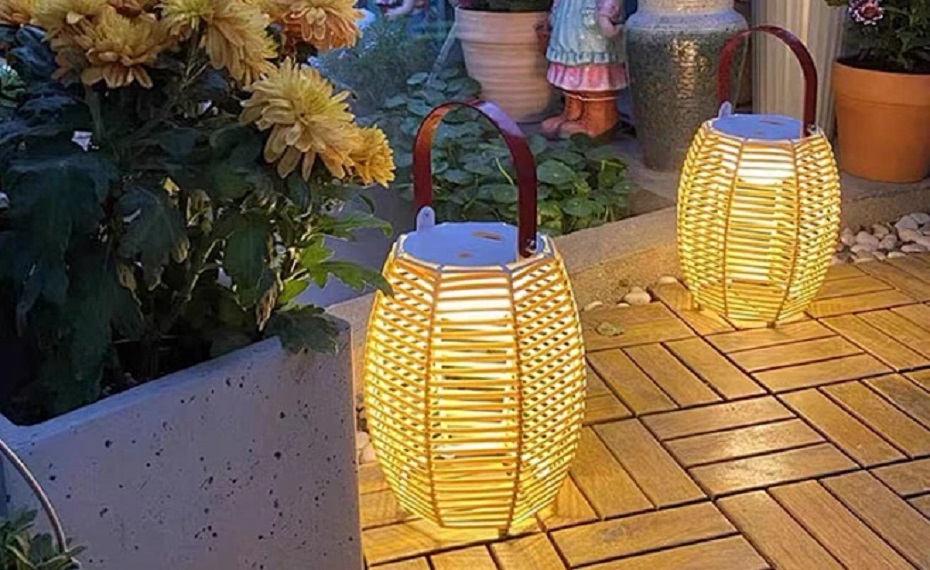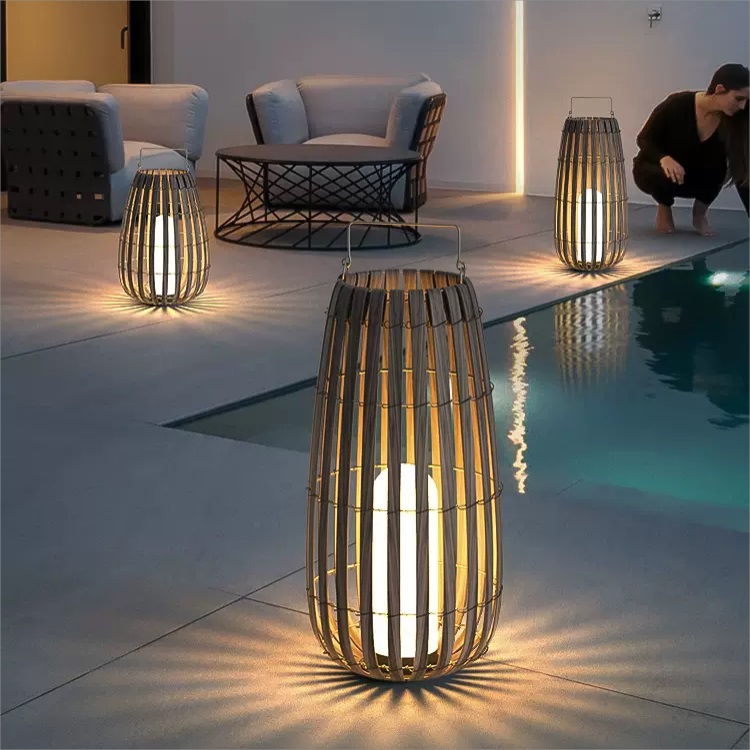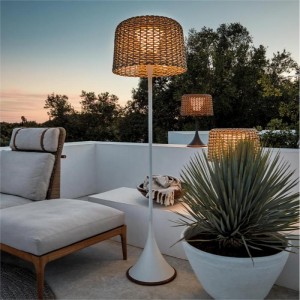Retail lighting is one of the most overlooked, yet influential elements of store design. Whether it is a fashion boutique, a cafe, or a supermarket, the lighting design directly affects the customer's shopping experience and purchasing behavior. High-quality lighting not only enhances the attractiveness of merchandise, but also creates a unique brand perception and space atmosphere for customers.
So, how important is retail lighting? This article will explore this in depth from multiple perspectives.
1. How does retail lighting affect customer behavior?
1.1 Attract customers into the store
In a competitive retail environment, first impressions matter. Exterior lighting design is the first step in attracting passing customers into your store. Stores can stand out from the crowd with well-placed window lighting and signature lighting.
After actual research, a fashion clothing store used dynamic lighting effects to highlight new products displayed in the window, attracting a large number of passing customers to stop and watch, and the store entry rate increased significantly.
1.2 Enhance product attractiveness
Research shows that the brightness and color temperature of light can significantly affect customers’ perception of products. The right lighting can highlight the material, color and details of your product, making it look more attractive. For example, jewelry stores usually use cool-toned, high color rendering index (CRI) lighting to highlight the luster and texture of gemstones; fashion stores prefer soft warm light to create a warm atmosphere; warm lighting in restaurants is suitable for creating a comfortable atmosphere, while supermarkets prefer The bright lights allow customers to find the products they need more quickly.
1.3 Influence shopping mood
Lighting will subtly affect customers' mood and stay time. For example, soft, warm light can make people feel relaxed and willing to spend more time browsing, while cold light is more suitable for creating an energetic and efficient shopping environment. Stores can choose a suitable lighting style based on their target audience and brand positioning.
If You Are in Business, You May Like
2. How does retail lighting help brand building?
2.1 Brand image building
Retail lighting is one of the important tools for brand building. A consistent lighting style can help stores establish a unique brand identity. For example, high-end brands often use soft accent lighting to emphasize the sophistication of the goods, while fast fashion brands prefer a uniform and bright lighting style to convey a modern and convenient message.
Many international luxury brands use a unified indirect lighting design in their stores around the world, and through the exquisite combination of lighting and display, they convey a refined and elegant brand image.
2.2 Highlighting specific areas
Lighting can also be used to guide customers' sight and highlight certain key areas or key products. For example, using spotlights to highlight new season products or special offers can attract customers' attention and increase sales of these products.
2.3 Conveying emotional value
Lighting is not just a technical tool, it can also convey emotional value. For example, soft light makes people feel friendly and relaxed, while flickering light effects make people feel excited and energetic. By designing lighting styles, brands can establish emotional connections with customers silently.
3. How does efficient lighting affect store operations?
3.1 Reduce operating costs
Retail lighting has a direct impact on a store's electricity consumption. By adopting energy-saving LED lamps, you can not only reduce electricity bills, but also reduce maintenance costs. Modern LED lamps have a long life and low energy consumption, making them ideal for store lighting.
According to a survey, a supermarket chain saved up to 30% of its annual electricity bill by replacing traditional halogen lamps with LED lamps, and the maintenance frequency was also reduced by half.
3.2 Increase the durability of goods
The right lighting can not only highlight the highlights of the goods, but also extend the display life of the goods. For example, low-heat LED lights can prevent food, cosmetics or clothing from deteriorating or fading due to heat loss.
3.3 Improve employee efficiency
A good working environment also requires high-quality lighting support. Bright and uniform work lighting helps to improve employees' concentration and work efficiency, which indirectly improves the operation level of the store.
4. Core design principles of retail lighting
4.1 Layered lighting
The design of retail lighting needs to adopt the concept of layered lighting, that is, combining ambient lighting, accent lighting and decorative lighting to achieve a balance between functionality and aesthetics.
Ambient lighting: Provide basic uniform light to ensure that the entire space is bright and comfortable.
Accent lighting: Highlight key areas such as display cabinets, windows or new product displays through spotlights or light boxes.
Decorative lighting: Use design elements such as light strips or chandeliers to create an atmosphere and increase the visual appeal of the brand.
4.2 Consider color temperature and color rendering index (CRI)
The color temperature of retail lighting should match the brand and product positioning. For example, a light source with a high color rendering index (CRI ≥ 90) can truly restore the color of the product, making it more vivid and lively. For different product categories, different color temperatures can be selected to enhance the visual effect.
Recommendations:
Jewelry and high-end products: 5000K (cold white light).
Clothing and home furnishings: 3000K (warm white light).
Supermarket fresh food area: CRI ≥ 90, color temperature 4000K.
4.3 Combining lighting with spatial movement lines
Good lighting design should be coordinated with the store's spatial layout and movement line design. Lighting can guide customers, optimize their shopping paths in the store, and improve shopping efficiency and comfort.
5. Future Trends in Retail Lighting
5.1 Smart Lighting Systems
With the popularity of IoT technology, smart lighting systems have become a popular choice for retail stores. Controlling the brightness, color temperature, and switching time of lights through mobile phones or tablets is not only convenient, but also can optimize lighting effects according to different scenarios.
5.2 Sustainable Development and Green Lighting
Retailers are paying more and more attention to sustainable development, and choosing environmentally friendly materials and energy-saving lamps has become a trend. For example, the use of LED rattan lamps can reduce carbon emissions and promote the implementation of green retail.
5.3 Personalization and experiential design
Future retail lighting will pay more attention to interaction and experience with customers. For example, through projection lighting or dynamic lighting, a more immersive shopping environment can be created to leave a deep impression on customers.
Retail lighting is one of the key factors for store success. With the right lighting design, retailers can stand out in a competitive market. Whether it is to attract customers into the store, enhance the attractiveness of goods, or optimize operations, high-quality lighting is worth the investment. In the future, with the continuous development of intelligent and green lighting, retail lighting will bring more possibilities to stores.
XINSANXING provides professional lighting solutions for your retail store, welcome to contact us! We will help you turn lighting into a powerful tool to drive sales.
Post time: Nov-30-2024












